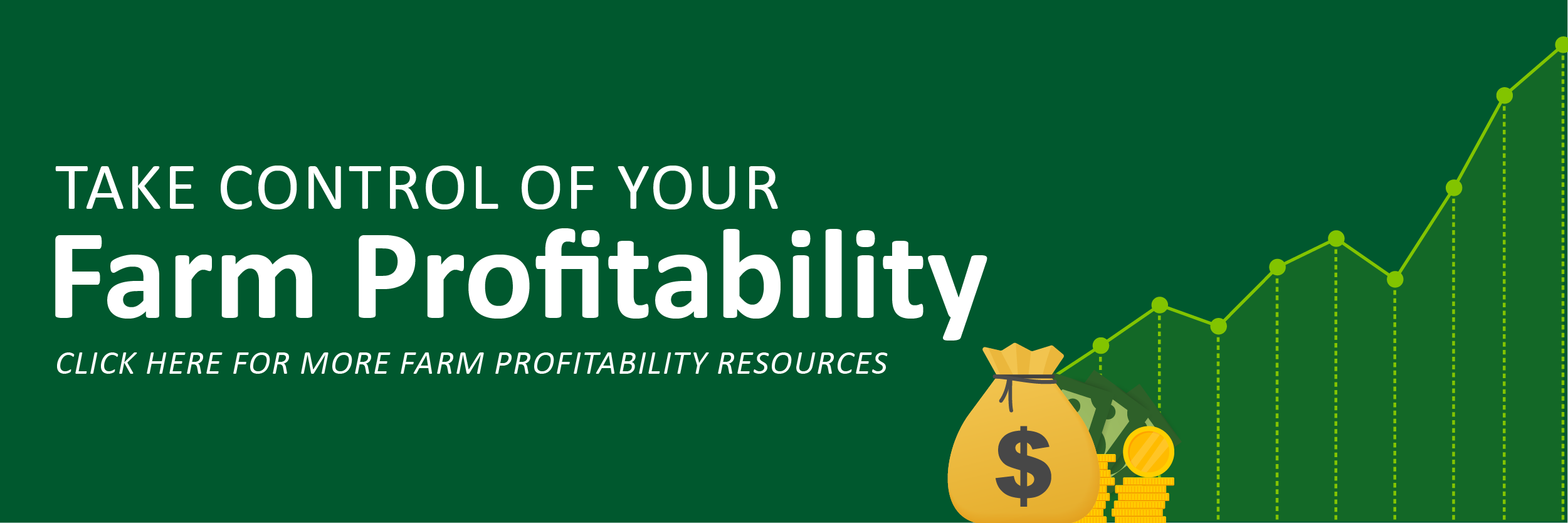Why do you put so much focus on driving higher yields per acre?
Is it a feeling of social responsibility to help feed the world? A sense of pride or feeling like you’ve won a contest? Are you wired to achieve – a constant quest to do better? Does it stem from your school days or parenting – always wanting to have a great report card?
For many growers we work with, we don’t believe any of those motivations are the driving force towards higher yields. Growers are generally pretty quiet about their high yields. For them, it comes down to a simple business reality – high yields drive profitability.
Business and economics professors have ingrained in us that some business costs are fixed and others are variable. Fixed costs are the same regardless of units produced. Sometimes, they are referred to as “sunk” costs because it’s what you sink into the business just to be in business. In crop production, we frequently consider our investment in land – either through ownership or rent – as our largest fixed cost.
Over the decades, we’ve replaced labor with larger equipment that has fueled dramatic productivity gains. But that increasing investment has increased the fixed cost of crop production in many operations. Farm economics professors will frequently list nutrients, seed, crop protection products, fuel and hired labor as variable costs. But for most operations, that’s not an accurate characterization. What percent of seed cost, herbicide cost or nitrogen cost is truly variable?
Everyone plants hybrid corn – so the real seed cost that is variable is the portion above the cost of a high-yield, non-traited hybrid. In corn production, most growers are going to apply a minimum of 100 lbs. of N per acre in some manner. The portion of your nitrogen investment that is truly variable might be the final 50 -75 lbs/ac. Choosing the cheapest herbicide program can be an example of “playing with fire” (boosting weed resistance for higher future costs). So is your herbicide program really a variable cost?
Lenders can be quick to encourage cost-cutting. But cutting nutrient, plant health and pest management investments can cut yields. In a high fixed-cost business, dividing those fixed costs over more units of production is usually the path to higher profits.
We frequently lead our customers to spend more input dollars only on the best field zones. That is possible when you can track and record those cost/investment differences like we do, then share a profitability analysis at the end of the growing season.
In corn and soybean production, you can spend your way poor but you can’t save your way into prosperity. Frequently, the only way to lower your cost per bushel and increase profits is to produce higher yields.

